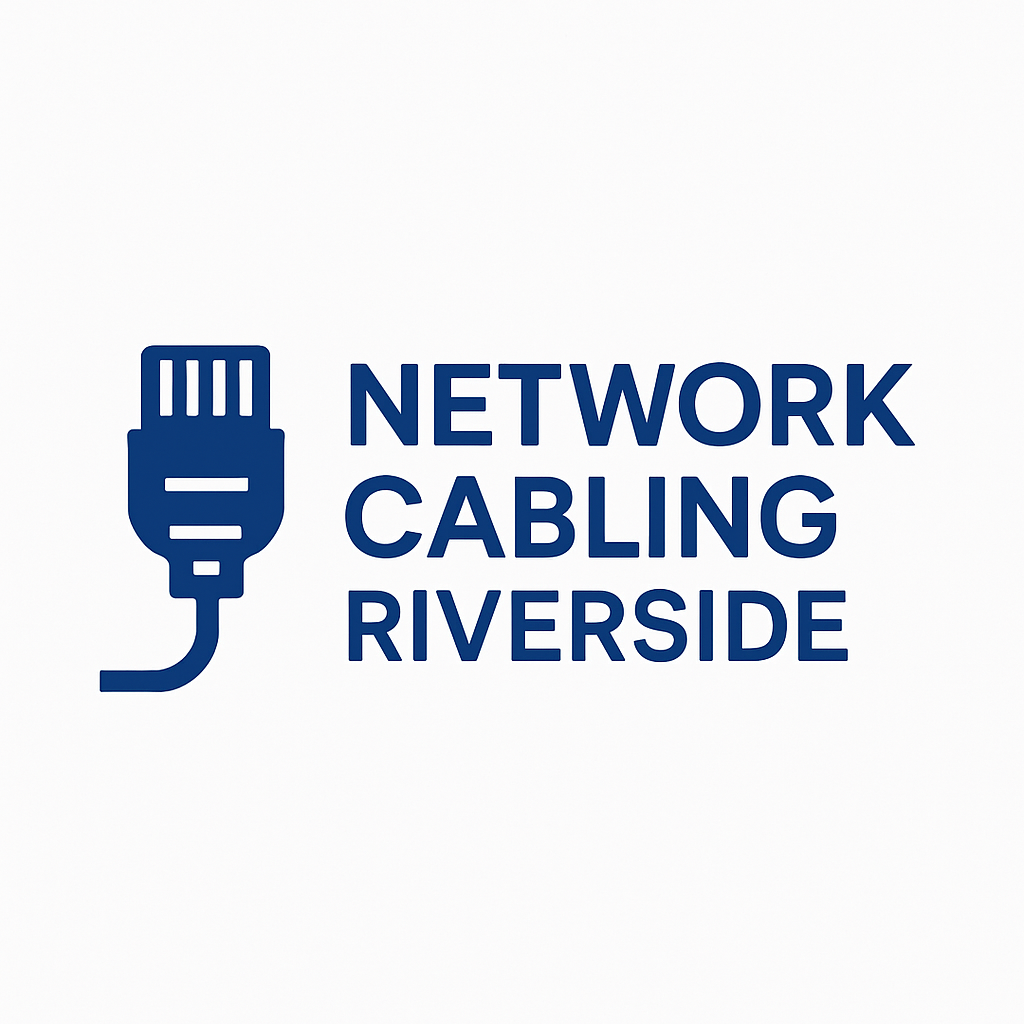Network Wiring for Offices in Riverside, CA: Essential Guide for Businesses
Efficient network wiring is the backbone of any modern office. From seamless internet connectivity to reliable internal communications, properly installed network wiring ensures smooth operations for businesses of all sizes. For office managers and IT professionals in Riverside, CA, understanding the fundamentals of office network wiring can help optimize productivity and reduce downtime.
What is Office Network Wiring?
Network wiring refers to the installation of cables and hardware that connect computers, phones, printers, servers, and other devices within an office environment. This includes both data cabling for internet and network connections and voice cabling for telephone systems. Properly planned and installed network wiring allows multiple devices to communicate efficiently while supporting high-speed internet and other digital services.
Types of Network Wiring
1. Twisted Pair Cabling
Twisted pair cabling, such as Cat5e and Cat6, is the most common type of network wiring used in offices. It is affordable, easy to install, and supports high-speed data transfer. Cat6 cables are preferred in modern offices because they support higher bandwidth and faster speeds.
2. Fiber Optic Cabling
Fiber optic cables transmit data using light signals, offering faster speeds and longer transmission distances compared to copper cables. While installation costs are higher, fiber optic cabling is ideal for offices with high data demands or multiple floors.
3. Coaxial Cabling
Although less common in modern office networks, coaxial cables are sometimes used for specialized applications such as video surveillance systems.
Key Considerations for Office Network Wiring
Office Layout and Design
Before installing network wiring, consider the office layout, including walls, furniture placement, and areas with heavy equipment. A well-planned design minimizes cable clutter and ensures easy access for maintenance.
Future-Proofing the Network
Technology evolves rapidly, so investing in cables and infrastructure that support future upgrades can save time and money. Installing higher-category cables, structured cabling systems, and additional conduits for expansion can prevent costly rewiring later.
Network Speed and Performance
The type of cabling and quality of installation directly impact network speed and reliability. Properly terminated connections and high-quality cables reduce data loss and network interruptions.
Compliance and Safety Standards
Network wiring must adhere to local building codes and safety standards. Proper grounding, fire-rated cables, and organized cable management ensure safety and compliance.
Benefits of Professional Network Wiring
- Enhanced Connectivity: Reliable connections between devices reduce network downtime.
- Improved Productivity: Employees can work efficiently without network interruptions.
- Scalability: Well-structured wiring allows easy network expansion as the business grows.
- Reduced Maintenance Costs: Organized and professionally installed wiring lowers the risk of network failures.
Common Network Wiring Mistakes to Avoid
- Using outdated or low-quality cables.
- Overcrowding cable trays and conduits.
- Ignoring future expansion needs.
- DIY installations without proper expertise.
- Failing to label or document the network setup.
Conclusion
Proper office network wiring is essential for businesses in Riverside, CA, that want to maintain reliable connectivity and support growth. By understanding the types of wiring, key considerations, and benefits of professional installation, office managers and IT teams can make informed decisions that optimize productivity and ensure long-term network performance. Investing in structured and well-planned network wiring sets the foundation for a technologically efficient and scalable office environment.
